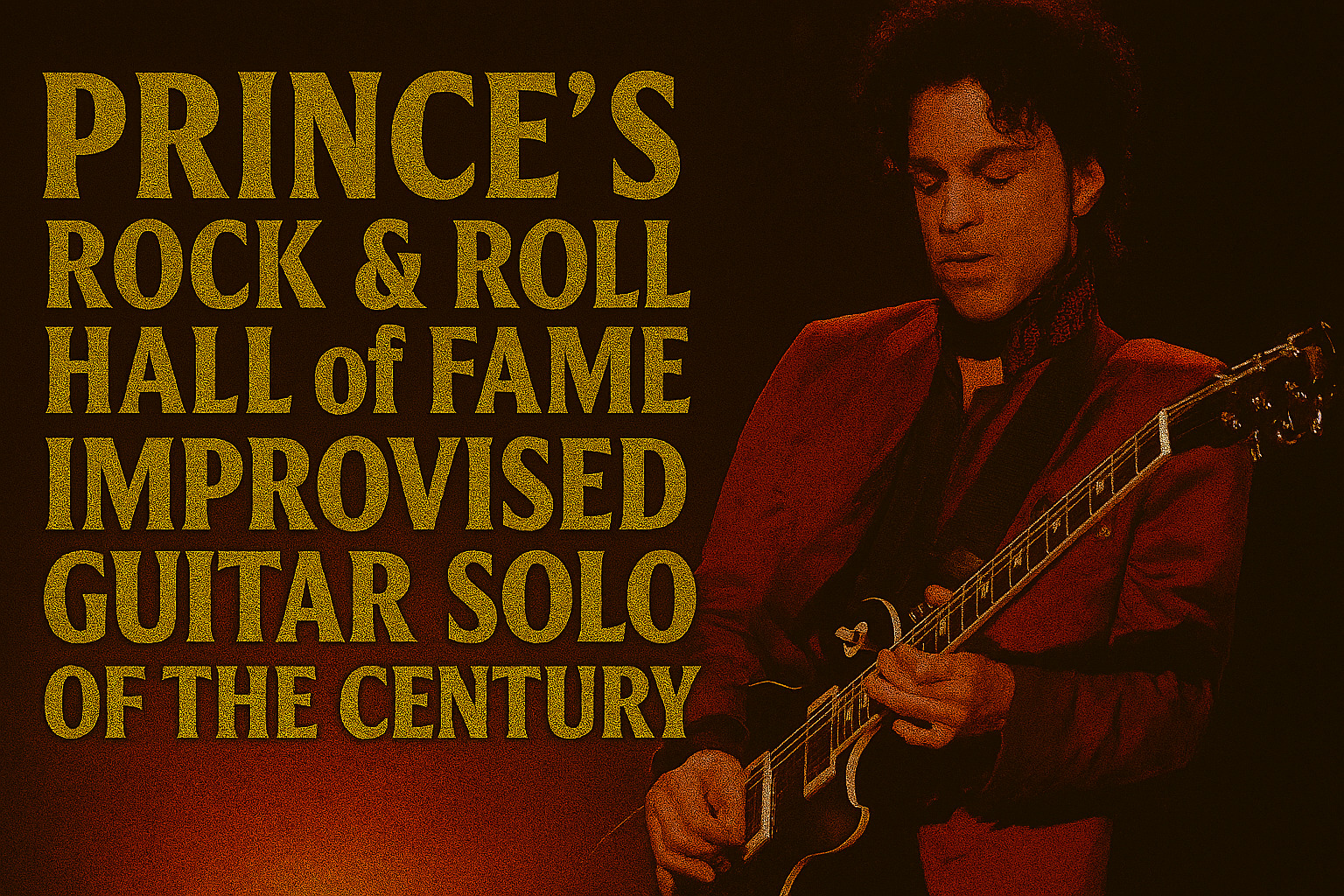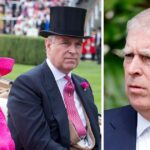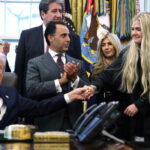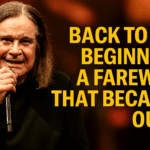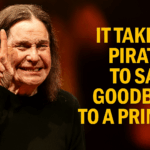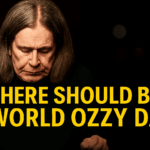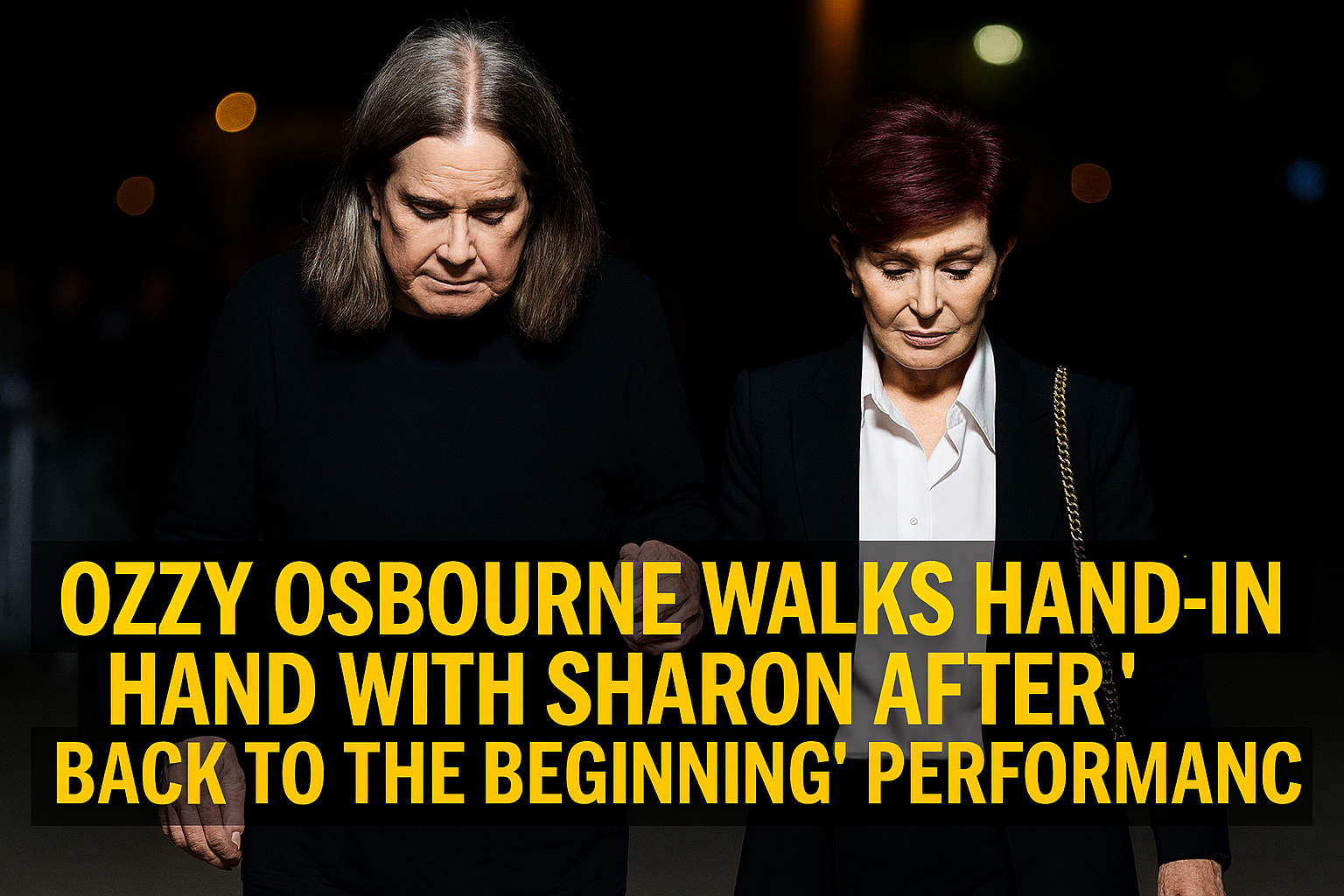At the 2004 Rock & Roll Hall of Fame induction ceremony, a tribute performance of George Harrison’s “While My Guitar Gently Weeps” brought together an all-star lineup: Tom Petty, Jeff Lynne, Steve Winwood, Dhani Harrison, and Prince. What began as a respectful homage quickly transformed into one of the most iconic moments in live music history.
Just a week earlier, Rolling Stone had published its list of the 100 greatest guitarists. Prince’s name was nowhere to be found. For fans and musicians alike, the omission was baffling. Prince had long been known for his virtuosic guitar work—fluid, expressive, and technically brilliant. But that night, he didn’t need to say a word. He let his guitar speak for him.
As the song reached its final third, Prince stepped forward. What followed was a solo that defied expectation. He didn’t just play the notes—he attacked them, caressed them, bent them into shapes that felt both raw and transcendent. His fingers flew across the fretboard with a mix of precision and abandon, channeling decades of emotion into every phrase.
The solo was pure fire. It began with bluesy bends and soulful phrasing, then escalated into a cascade of lightning-fast runs, harmonics, and feedback-laced flourishes. Prince’s body language was electric—he leaned back, tossed his head, and played as if possessed. The other musicians on stage watched in awe, some smiling, others stunned. Dhani Harrison, son of George, looked visibly moved. Tom Petty later admitted that he had no idea what Prince was going to do—but he was glad he did it.
And then, in true Prince fashion, he ended the solo by tossing his guitar into the air. It disappeared off-camera, never to be seen again. The gesture was theatrical, mysterious, and perfectly Prince. It was as if he had said, “That’s all you need to know.”
The moment went viral years later, especially after Prince’s passing in 2016. Fans rediscovered the clip and shared it widely, calling it “the greatest guitar solo ever,” “a masterclass in emotion,” and “proof that Prince was in a league of his own.” Musicians from every genre weighed in, praising his tone, phrasing, and fearless improvisation.
What made the solo so powerful wasn’t just the technical skill—it was the emotional weight behind it. Prince wasn’t just playing a song. He was responding to a snub, honoring a legend, and reminding the world of his place in the pantheon of guitar gods. It was a statement, a tribute, and a challenge all rolled into one.
Prince’s guitar style had always been unique. He blended rock, funk, soul, and blues into a sound that was unmistakably his. He could shred with the best of them, but he also knew when to hold back, when to let a single note linger. That night, he used every tool in his arsenal—speed, tone, dynamics, and silence—to craft a solo that felt like a conversation with the universe.
The performance also highlighted Prince’s ability to command a stage. Despite being surrounded by legends, he became the focal point. His charisma, confidence, and sheer musicality drew every eye and ear. It was a reminder that Prince wasn’t just a pop icon—he was a musician’s musician, respected by peers and adored by fans.
Today, the solo is studied, celebrated, and revered. Guitarists break it down note by note, trying to understand its magic. Music historians cite it as a defining moment in live performance. And fans return to it year after year, especially during Hall of Fame season, to relive the brilliance.
Prince may have been left off that Rolling Stone list, but in one unforgettable solo, he made his case louder than any ranking ever could. He didn’t need validation—he created it.
And in doing so, he gave us a moment that will echo forever.
